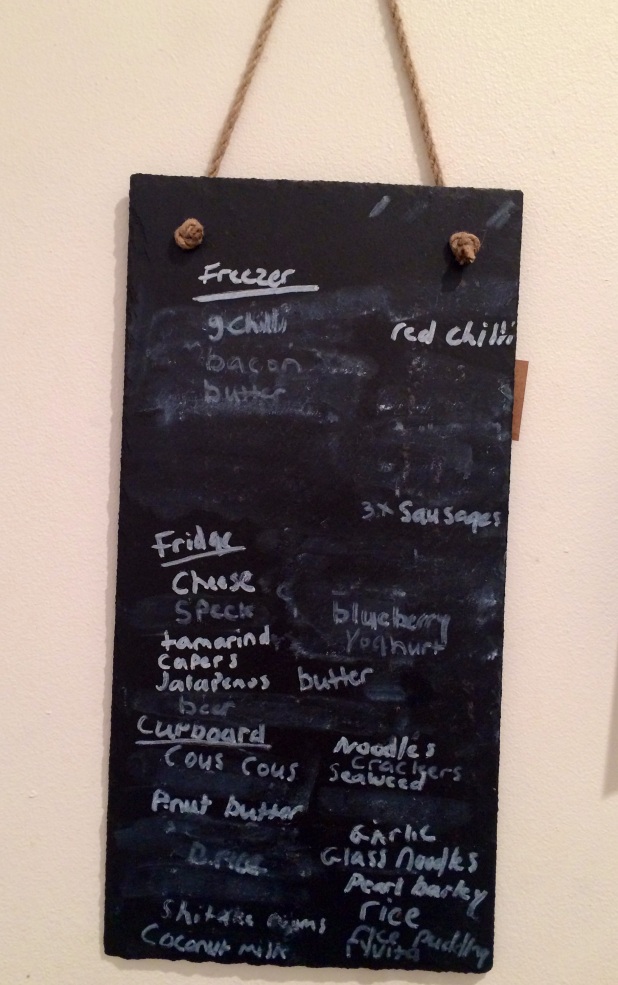In many of my recipes I talk about using store cupboard essentials, which are items that I deem to be kitchen cupboard staples, ingredients that can turn the most mundane leftovers into a tasty wholesome family meals and so I thought that it was only right to share with you what these items are.
OLIVE OIL – not only used for frying but also great for making marinades and salad dressings. I never buy pre-made dressings as they tend to go off quickly and can contain many additives, home made dressings can be whipped up with very simple combinations of oil, vinegar or lemon and herbs.
WHITE WINE VINEGAR – as above, it’s great for salad dressings and marinades and can also be used to add acidity to a large range of dishes.
SOY SAUCE, SESAME OIL & HONEY – the holy trinity for any Asian cuisine enthusiasts out there, these three ingredients make a great base for a quick teriyaki sauce and can also be coupled with other ingredients to open up a huge array of Asian inspired recipes.
WORCESTER SAUCE – I believe that this is a traditional English ingredient and I’m not sure of it’s availability worldwide but it is an excellent tool for adding a bit of je ne sais quo to casseroles and a Kung Fu kick to the humble cheese on toast.
RED CHILLIS/ CHILLI FLAKES – an instant flavour hit, chilli is used in many cuisines, fresh red chillies can be cut, deseeded and stored in the freezer but if this sounds like too much effort, dried chilli flakes also make an excellent substitute.
FLOUR – simple flat breads or rotis can be knocked up in minutes with the addition of a bit of salt or sugar, flour can also be used to whip up a white sauce for pasta and to thicken up casseroles.
EGGS – one of the few fresh ingredients that I insist on keeping in stock. Omelettes are a speedy and simple way to use up leftover vegetables and cheese and the humble egg is also a fabulous source of protein.
GARLIC – not much to say here apart from that it’s used in pretty much every dish I cook, also ignore the best before date as it’s pretty obvious if garlic’s off when it changes colour or dries up
TOMATO KETCHUP – yes indeed, believe it or not but many chefs use ketchup as a flavour agent; it can be used in casseroles and stir-fries as an effective sweetener
STOCK CUBES – I always have beef, vegetable and chicken stock cubes in as they are the bases of many sauces, simple gravy can also be made with flour, butter, water and a stock cube. If you make your own stocks you can freeze in ice trays to be use at a later date.
TINNED TOMATOES – one of the most versatile ingredients out there, there’s absolutely no need to buy expensive jars of pasta sauce as the humble tinned tomato can be the base for creating your own.
PASTA/RICE/NOODLES – dried items that have a long shelf life can be used as the carb portion of your meal when you have fresh ingredients to use up.
HERBS – so many herbs to chose from but no need to but them all. Whilst fresh herbs might not go off, they do lose their flavour. Many herbs can be used as substitutes for another, make sure to check out website here before you run out to buy a new jar of something you don’t have. I’d recommend having mixed herbs, paprika and chilli powder in as a start. You can even create your own dried herbs by drying out leftover fresh herbs.
And that’s it, a rather comprehensive list of almost all imperishable ingredients that can help to make a delicious dish out of pretty much any leftover.
